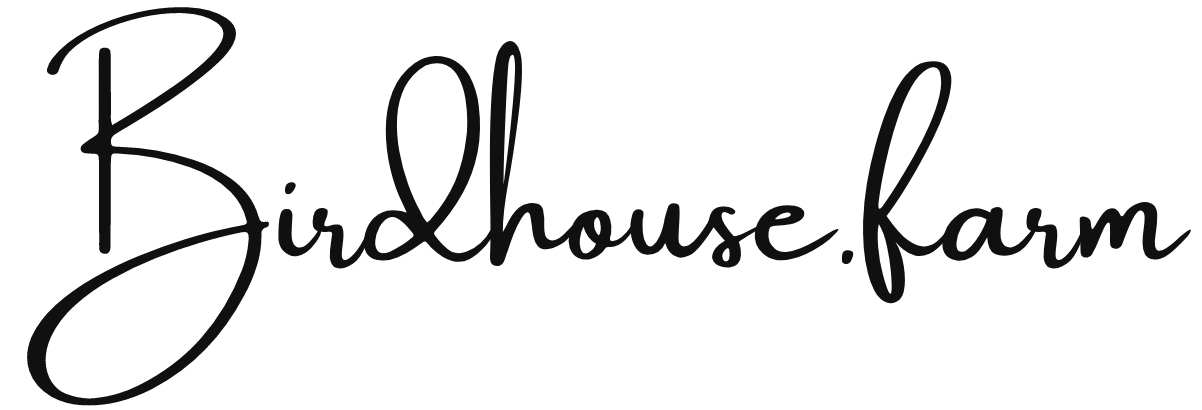Revitalize Your Colorado Garden: Adding Native Plants for Fall
Fall is an ideal time to refresh your garden by adding new flowers, especially if some of your summer plants didn’t thrive. Replacing underperforming plants with hardier varieties can rejuvenate your garden and set the stage for a beautiful display next spring. It’s also a great opportunity to start transitioning areas of your lawn into more sustainable garden spaces. By planting fall flowers, you can gradually reduce lawn space and introduce more biodiversity, creating a vibrant, eco-friendly garden that supports pollinators and requires less maintenance.
Many stores offer great discounts on plants, making late summer an excellent time to stock up for your garden. However, while taking advantage of these sales, it’s important to buy ethically. This means choosing plants that are locally sourced and grown sustainably, avoiding invasive species, and supporting nurseries that prioritize environmental stewardship.
Here are some of the best native flowers to consider:
1. Goldenrod (Solidago spp.)
Goldenrod is a hardy perennial that blooms in late summer to fall. Its bright yellow flowers attract bees, butterflies, and other pollinators. It’s also known for its tolerance to various soil conditions and its ability to provide structure in the garden.
2. Asters (Symphyotrichum spp.)
Asters come in various colors, including purple, pink, and white, and bloom from late summer into fall. They are excellent for attracting pollinators and can add vibrant color to your garden when many other plants are winding down.
3. Blanket Flower (Gaillardia spp.)
Blanket flowers, with their bright red, orange, and yellow blooms, offer a cheerful splash of color in the fall. They are drought-tolerant and attract butterflies, making them a great choice for Colorado gardens.
4. Fall Phlox (Phlox paniculata)
Fall phlox produces clusters of fragrant flowers in shades of pink, red, and white. It blooms in late summer to fall and is known for attracting pollinators while adding lovely color to your garden.
5. Sedum (Sedum spp.)
Sedums, also known as stonecrops, are succulent plants that bloom in late summer to fall. They have star-shaped flowers in shades of pink, red, and white and provide excellent ground cover. Their dense flowers are great for attracting bees and butterflies.
6. Yucca (Yucca spp.)
Yucca plants produce tall spikes of white or cream-colored flowers in late summer to early fall. They are well-suited to dry, rocky soils and can add an architectural element to your garden.
7. Sunflower (Helianthus annuus)
While often considered an annual, some sunflowers are native to Colorado and provide large, cheerful blooms in late summer to fall. They are fantastic for attracting pollinators and birds, and their seeds provide food for wildlife.
8. Sneezeweed (Helenium autumnale)
Sneezeweed blooms in late summer and fall, with bright yellow, orange, and red flowers. It’s known for its ability to attract pollinators and its resilience in various soil conditions.
9. Wild Geranium (Geranium spp.)
Wild geraniums, such as Geranium maculatum, produce delicate pink or purple flowers in the late summer to fall. They add a soft touch to the garden and are attractive to bees and butterflies.
10. Mountain Bluebell (Campanula rotundifolia)
Mountain bluebells, also known as harebells, have charming blue, bell-shaped flowers that bloom from late summer to early fall. They are well-suited for Colorado’s climate and add a touch of elegance to any garden.
Incorporating these native flowers into your Colorado garden in the fall not only enhances its beauty but also supports local wildlife and helps maintain the ecological balance of your landscape.
